Gear Up for Deer Hunting Season
For whitetail hunters, fall is the main event. It’s the heart of the rut, when bucks are most active, daylight deer movement increases, and the woods come alive with opportunity. But success doesn’t come without preparation—especially during this unpredictable and fast-changing season.
Whether you hunt in the Midwest, Northeast, or down South, understanding deer behavior, adjusting your tactics, and getting your gear ready now can make or break your season. Here's what you need to know to make the most of the season.
Understanding the Rut: Early, Peak, and Late
Deer behavior shifts quickly in the fall. Early in the season, bucks are in search mode—cruising trails, hitting scrapes, and checking on does. They're cautious but starting to take risks, which makes this a great time to hunt transition zones between bedding and feeding areas.
As mid-November hits, the rut reaches its peak. Bucks are locked in on finding receptive does, and their usual wariness fades. This is when you might see bucks moving at high noon or chasing does across open fields. Hunting pressure doesn’t stop them—biology takes over. Setting up near doe bedding areas during this window is often productive.
By late November, the action slows down again. Bucks are worn out and feeding more to recover. You'll find them in thicker cover or close to secluded food sources. They’re still moving, but with a more deliberate pace, especially if you catch signs of a second rut.
Scouting and Adapting on the Fly
While preseason scouting is important, fall is dynamic. Patterns change daily as bucks shift territories and does enter estrus. Stay flexible and focus on fresh signs—new rubs, active scrapes, and frequent trails. Trail cameras can be a big help, but they should guide your decisions, not replace observation.
If you’re hunting public land or pressured areas, keep an eye on how other hunters are moving deer. Bucks will often avoid disturbed areas and stick to overlooked cover. Try glassing from a distance before committing to a stand location.
Strategic Stand Placement
One of the biggest keys to success is having multiple stand sites ready before the season begins. The wind will shift. Deer movement will vary. Having options based on current conditions allows you to adapt without pressuring your main spot too early.
In early November, funnels and travel corridors between bedding and feeding are ideal. During peak rut, stands downwind of doe bedding areas or terrain features like ridges and saddles can give you all-day action. Late in the month, food sources become the focus—especially isolated ones near thick cover.
Gear Check: Be Prepared for Anything
Don’t let a simple gear failure cost you a shot at a mature buck. Check all your equipment now. That means inspecting your tree stand straps, safety harness, release, broadheads, and boots. Batteries for headlamps, rangefinders, and scent control devices should be fresh.
Fall weather is unpredictable. Be ready for frosty mornings, rain, and wind. A solid layering system is essential, especially if you’re planning all-day sits. Bring extra gloves and handwarmers—cold fingers don’t shoot well.
Midday Movement is Real
Many hunters head back to camp at noon. Don’t be one of them. Bucks often move between 10 a.m. and 2 p.m., especially when pressured or when does are scattered. If you’ve got a solid setup in a promising location, bring food and commit to an all-day sit. That midday lull can bring surprises.
Legal Prep and Safety
With the surge of hunters in the woods happening October through December, it’s more important than ever to prioritize safety and legal compliance. Make sure you’re wearing the required amount of hunter orange as per your state laws. Know the legal shooting hours and double-check your license and tags.
Also, consider sharing your location with a friend or family member when hunting deep or solo. Many areas offer patchy cell service, so having a GPS device or compass can be a literal lifesaver.
Make the Most of Limited Time
Fall doesn’t last long, and neither do the peak rut opportunities. If you only have a few days to hunt, try to stack them around a cold front or weather shift. Bucks tend to move more with temperature drops or just before storm systems. Flexibility with your schedule pays off more than just picking a random weekend.
How an eBike Can Give You the Edge
Access is one of the biggest challenges in deer hunting. Whether you’re hunting public land or private, getting in and out quietly and efficiently can make all the difference. That’s where a high-performance hunting eBike comes in.
The Birch Grolar: Built for the Hunt

The Birch Grolar is designed specifically for hunters who need to cover ground without spooking game. Its 1200Wh removable battery (48V, 25Ah) delivers up to 85 miles per charge, allowing you to reach deep spots most hunters won’t touch. This tough and rugged eBike gives you the range and power you need in rugged terrain.
For hunters hauling gear, quartering out deer, or navigating silent trails before dawn, a quiet, reliable eBike like the Grolar is a game-changing tool. It’s not just about comfort—it’s about efficiency and success.
Conclusion
Preparing for November deer hunting season takes more than just hope and a rifle. It takes an understanding of the rut, thoughtful stand placement, smart gear prep, and the patience to sit when others leave. Every edge matters.
Make this fall your most successful hunting season yet with Birch.


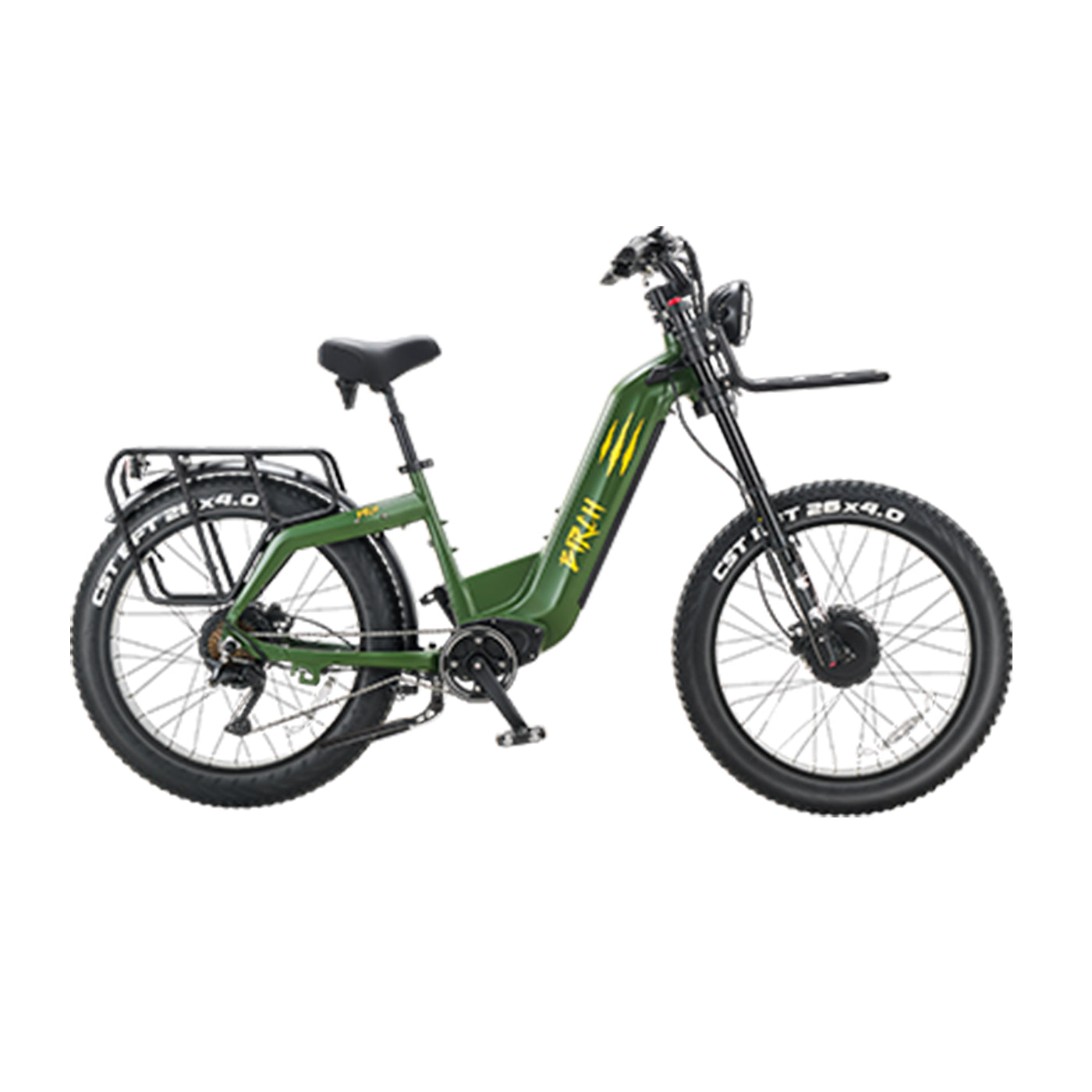
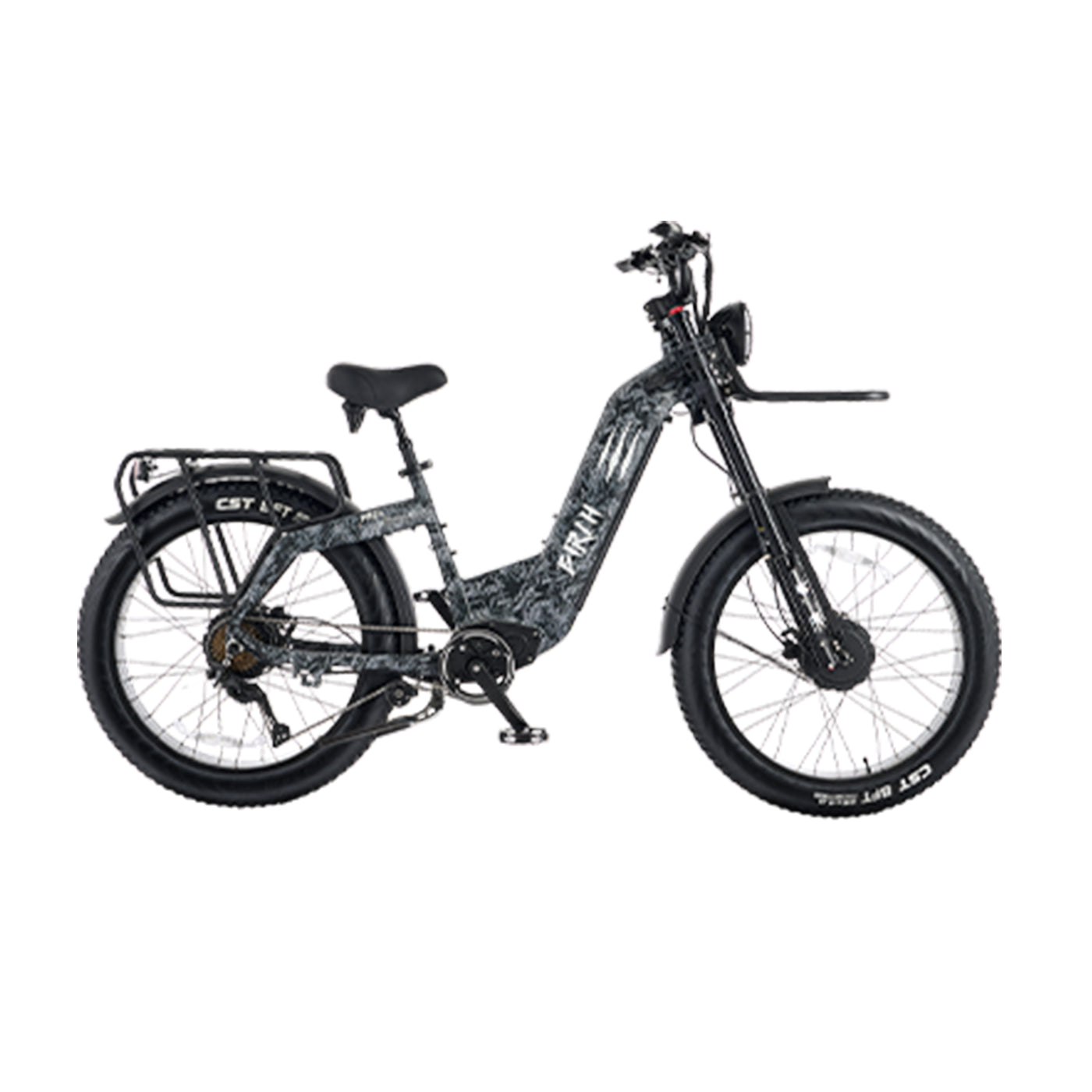
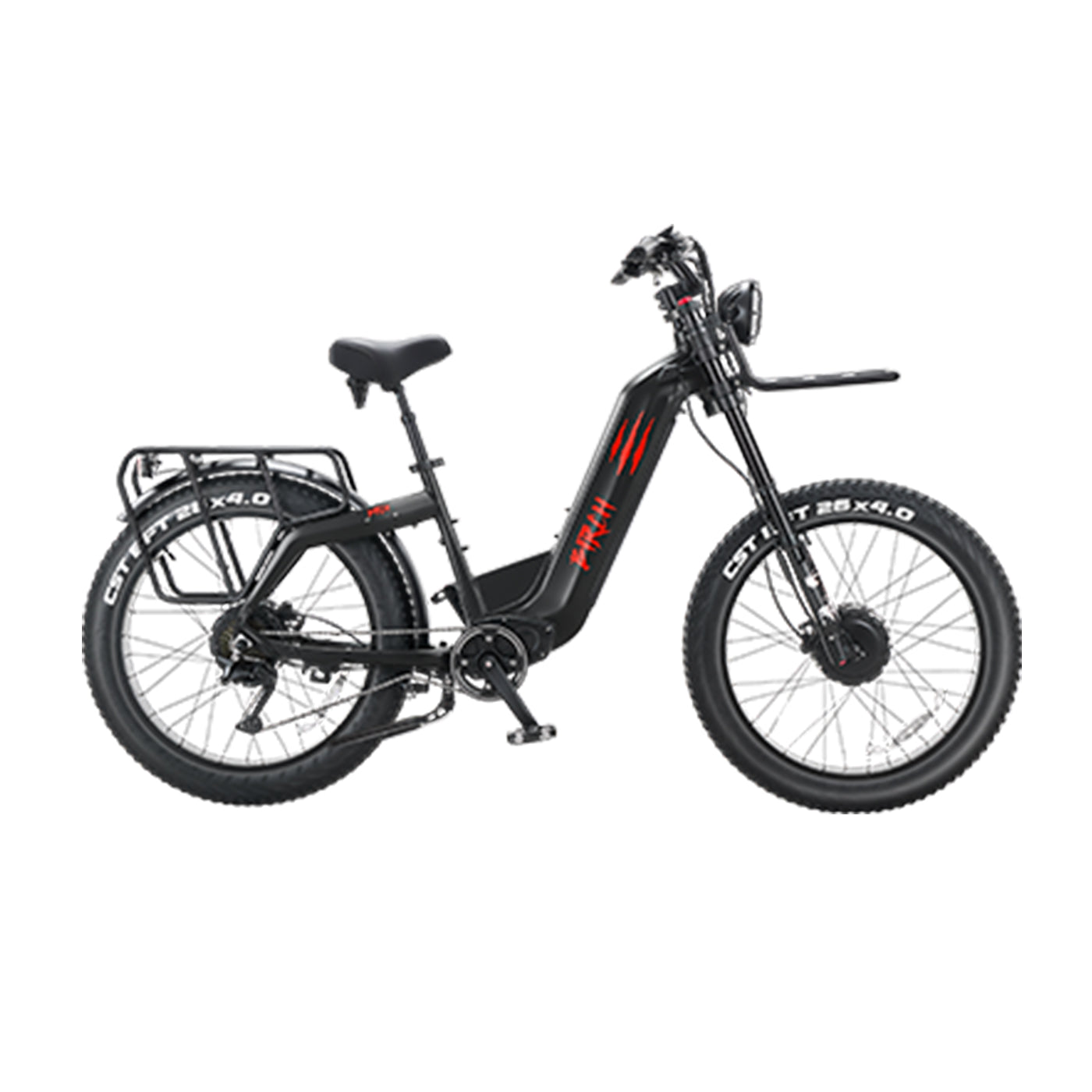
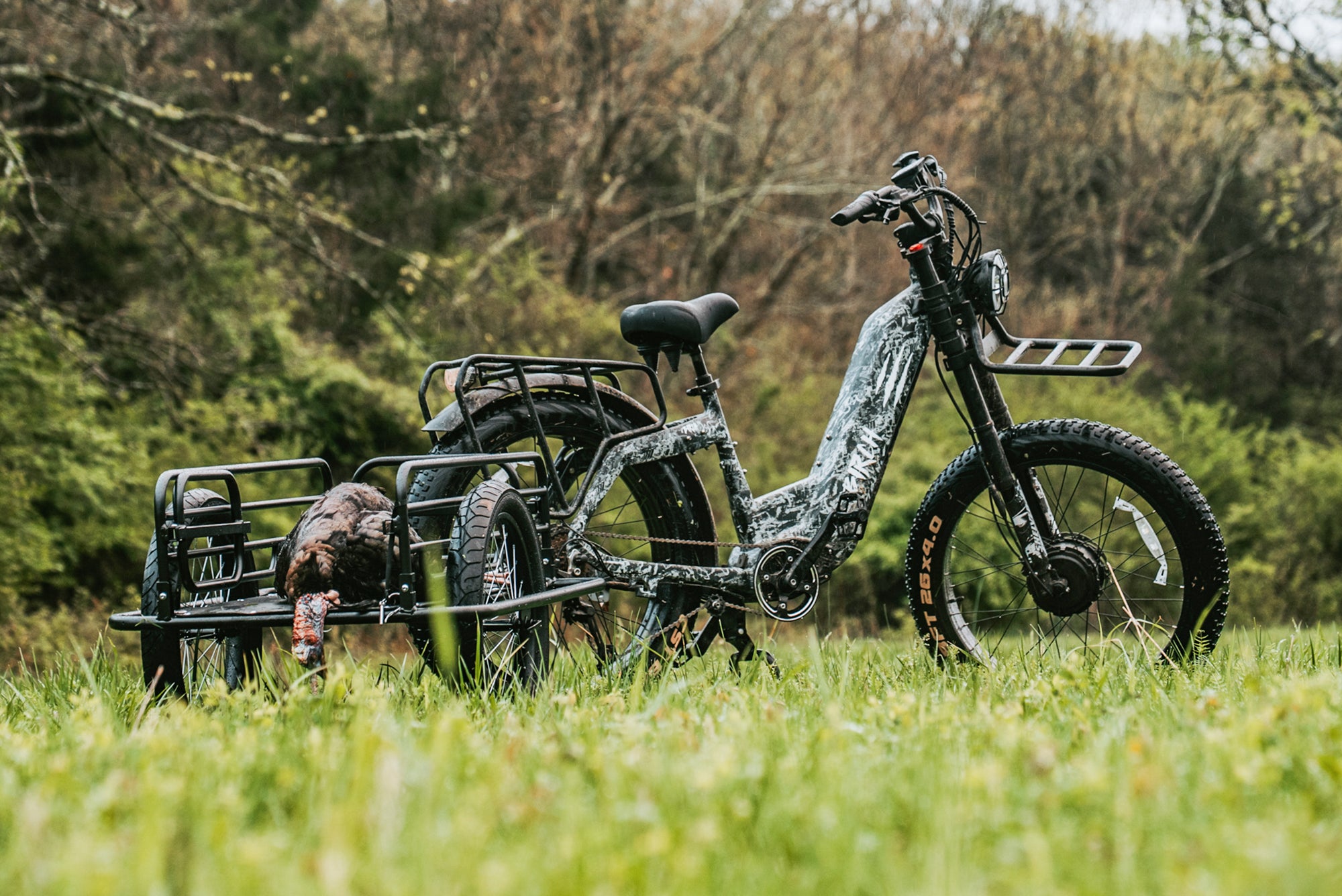
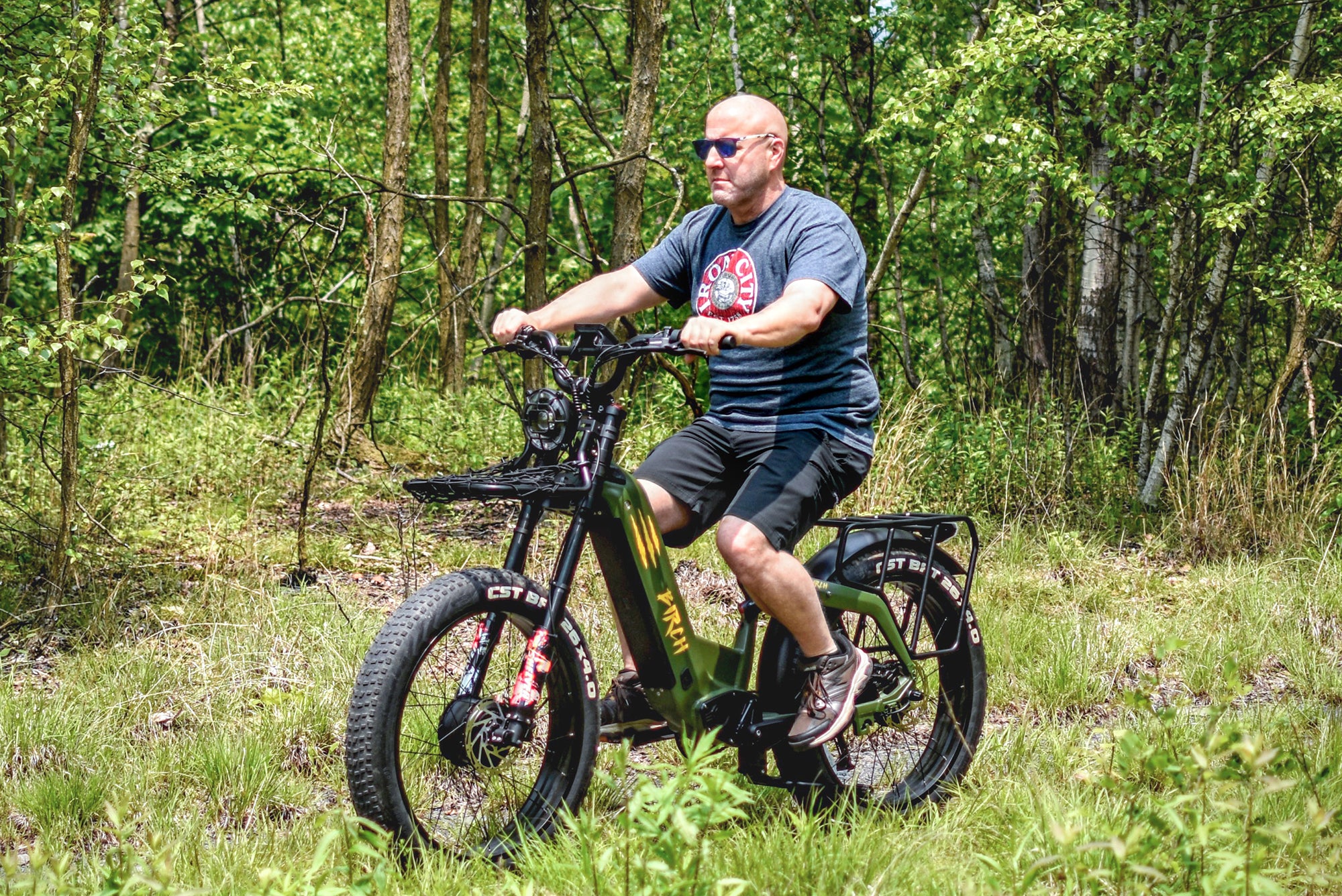
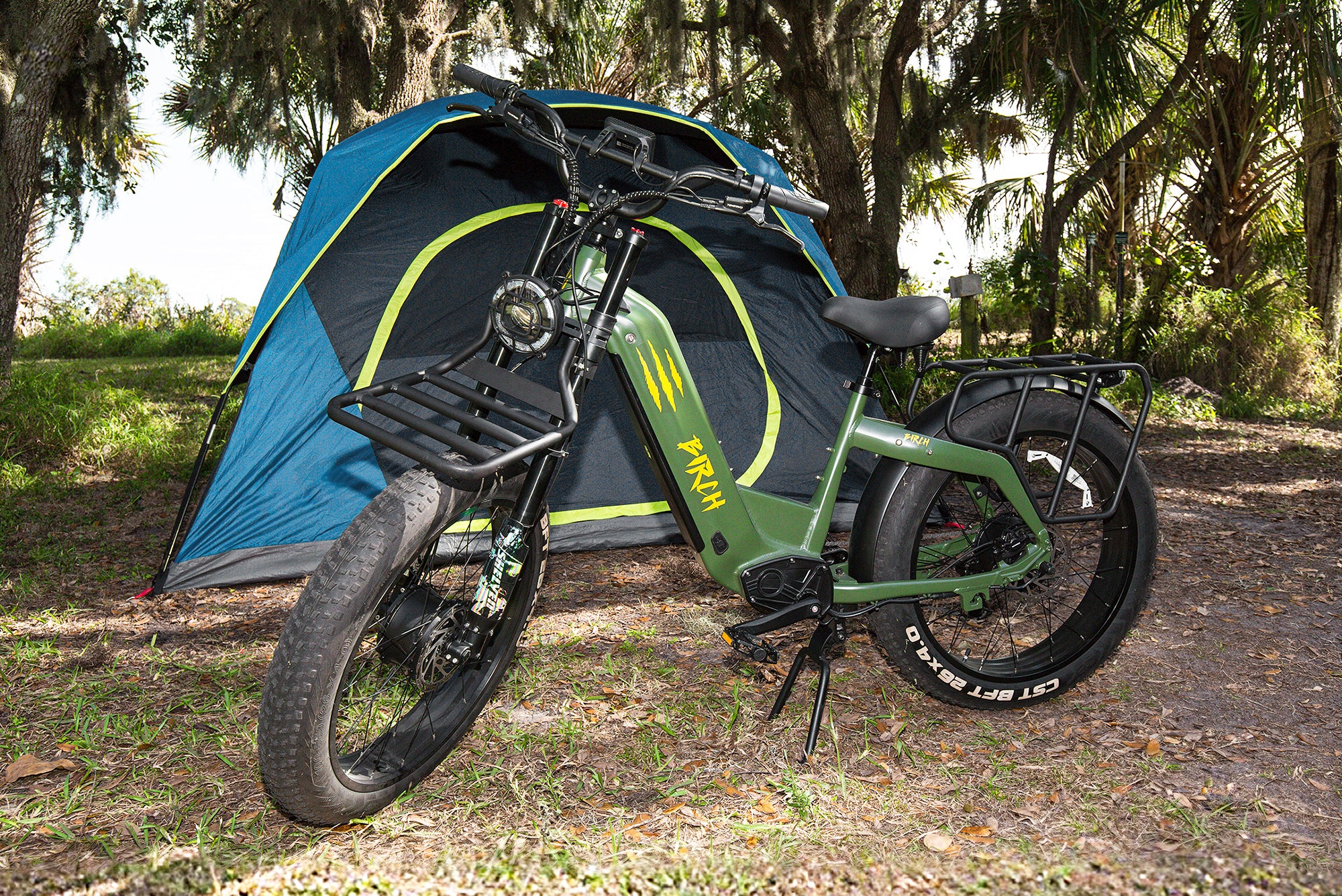
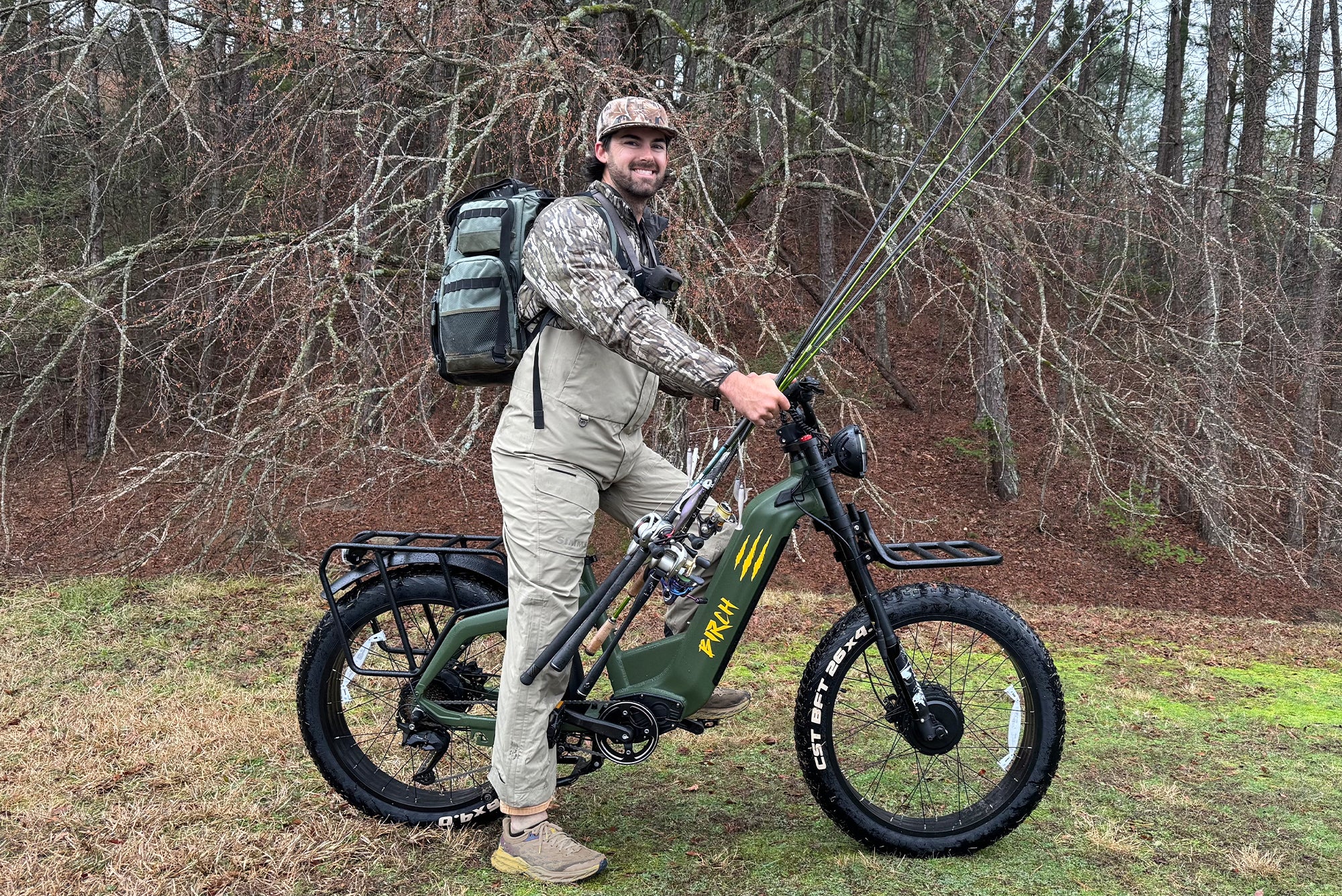
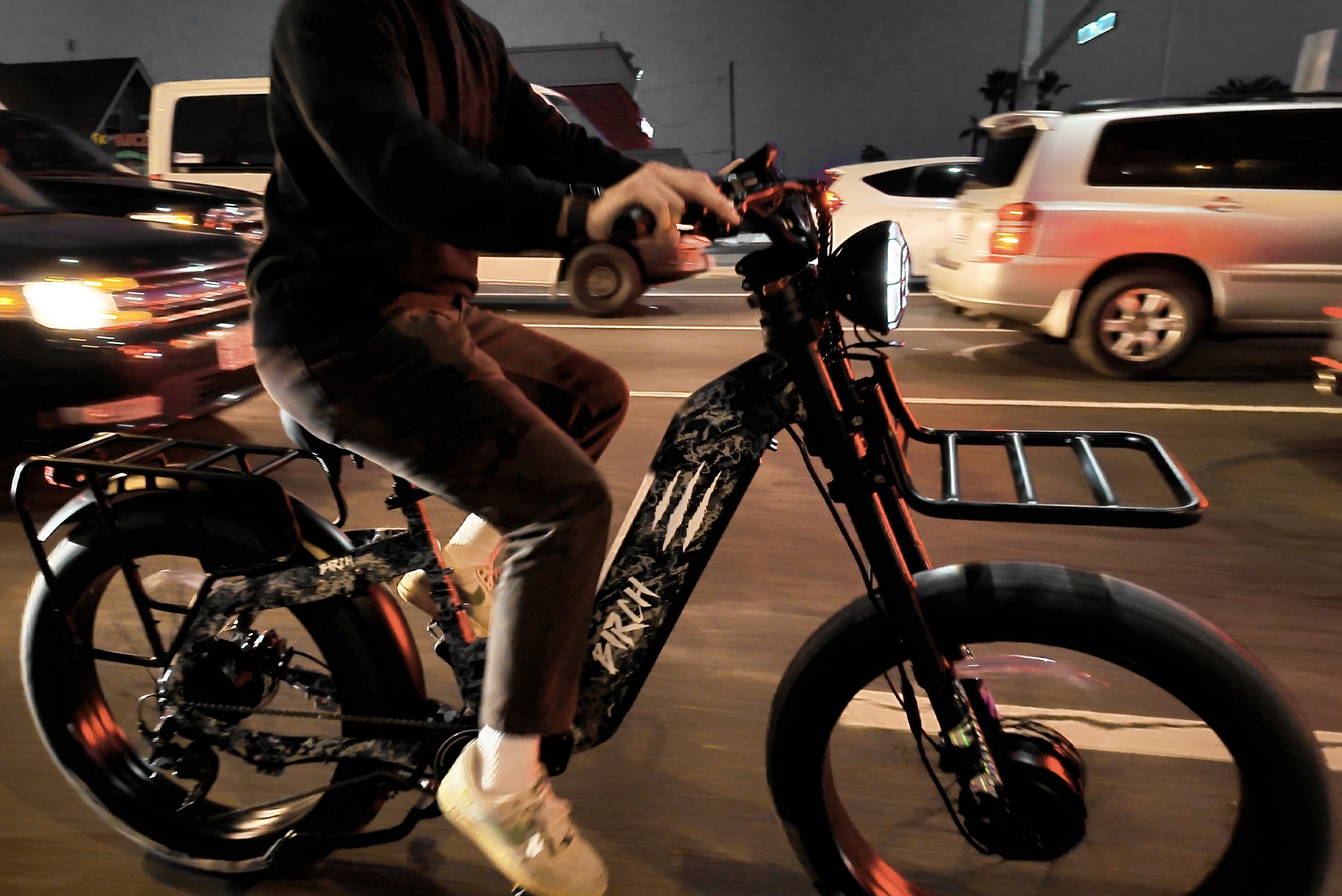
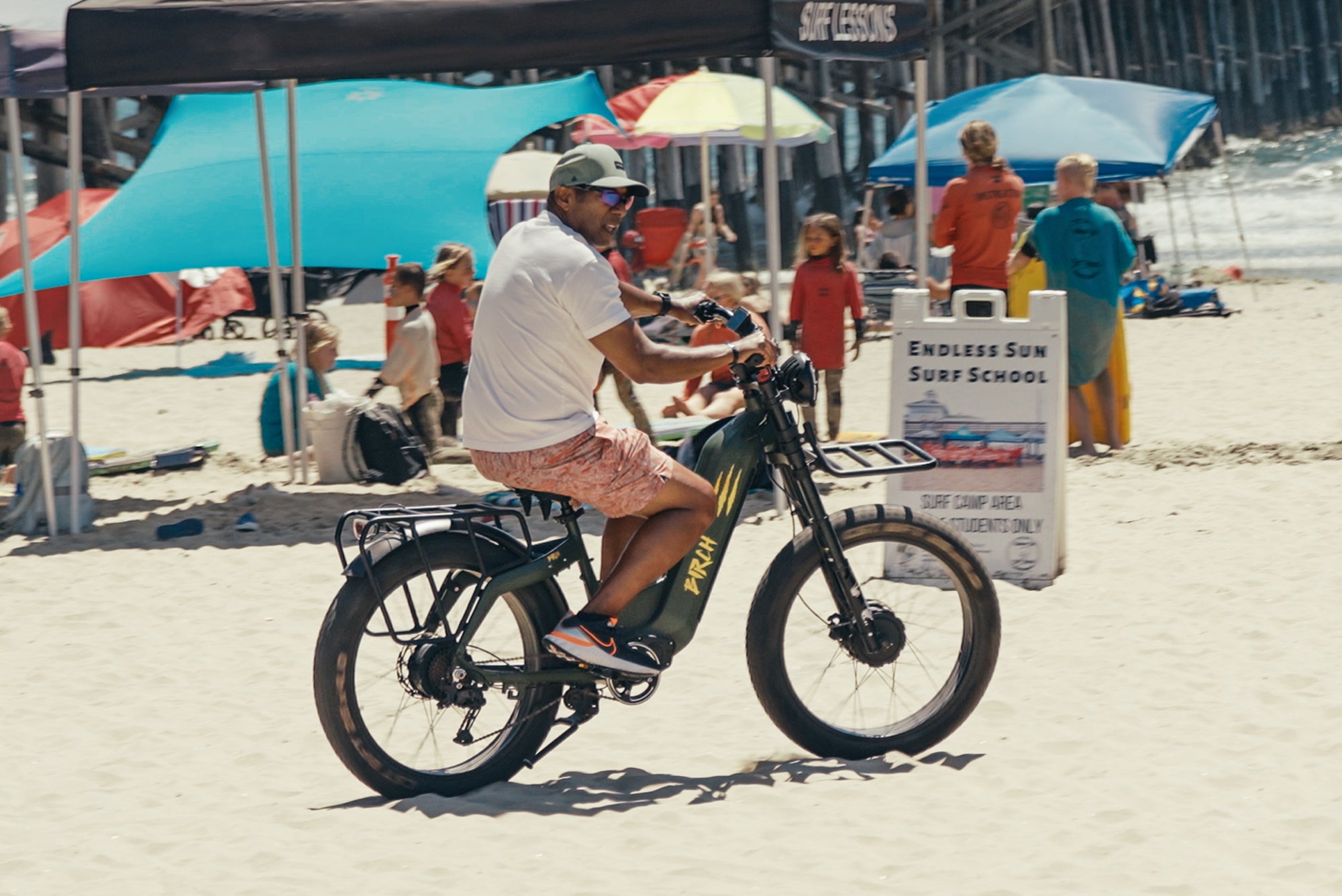
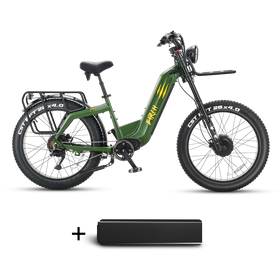
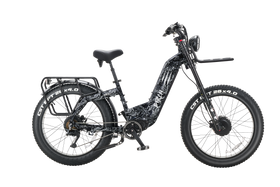



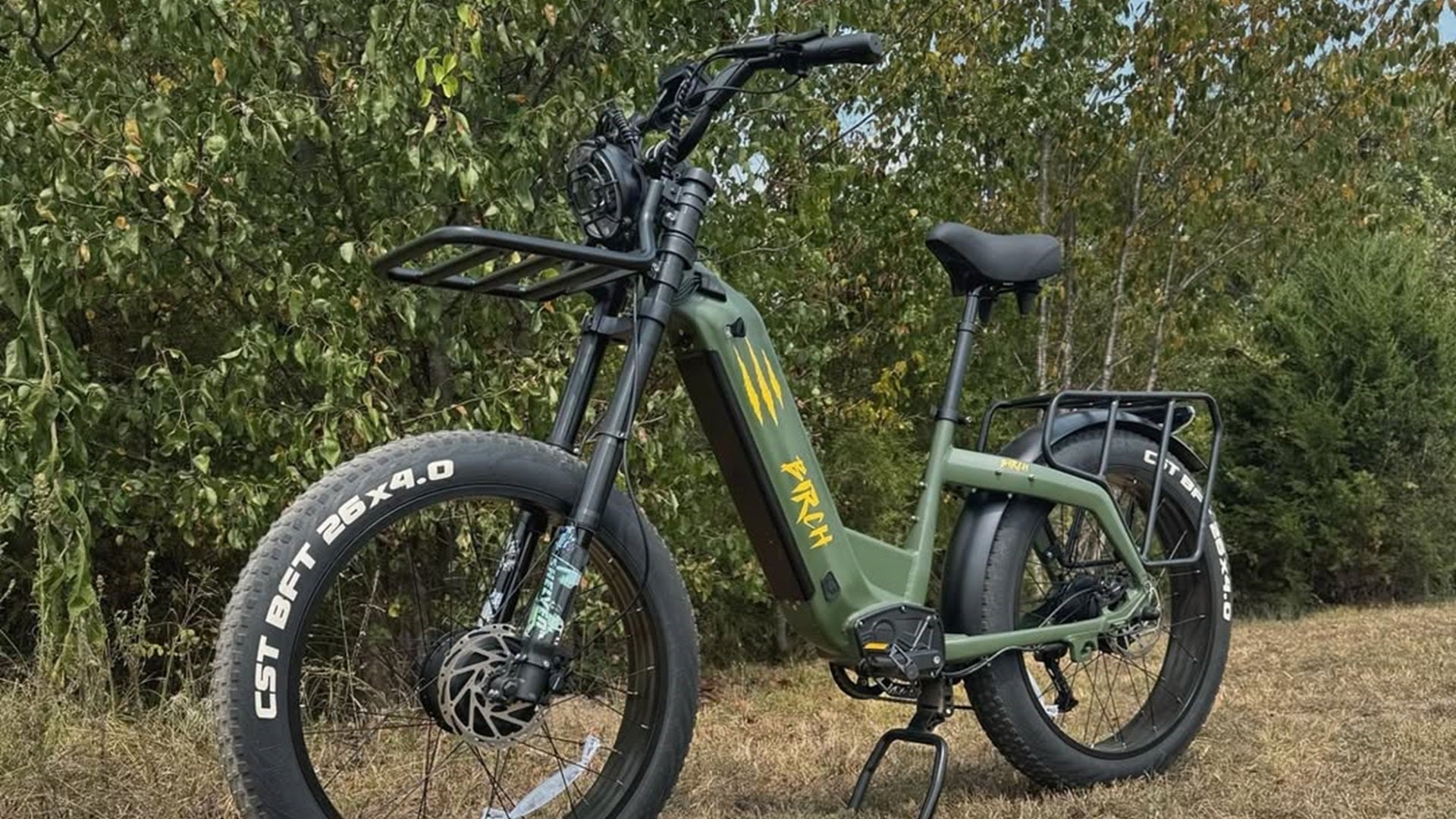
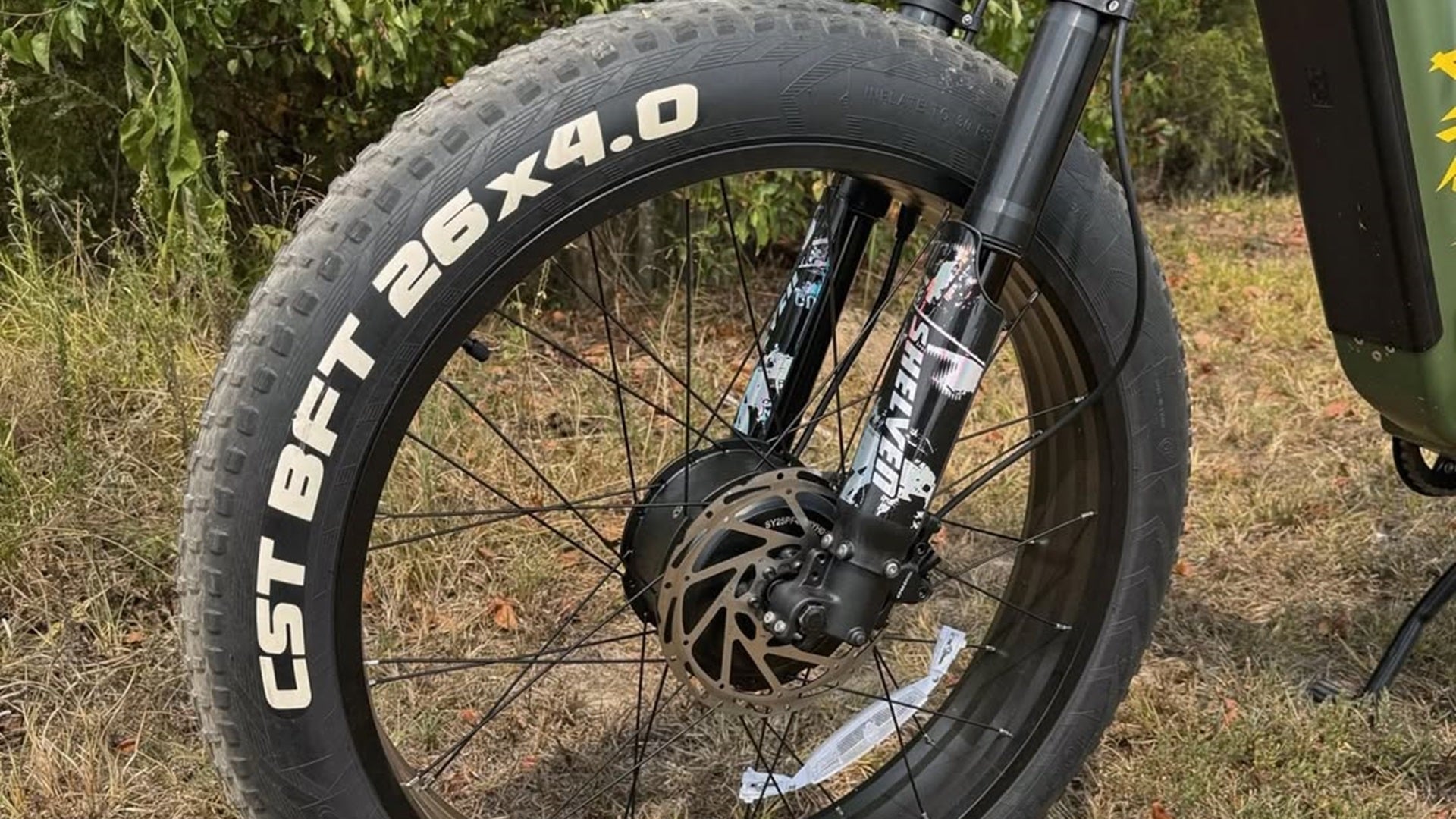
Leave a comment
All comments are moderated before being published.
This site is protected by hCaptcha and the hCaptcha Privacy Policy and Terms of Service apply.